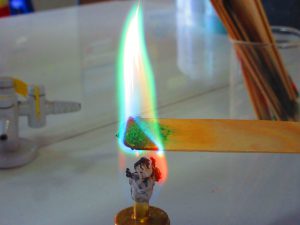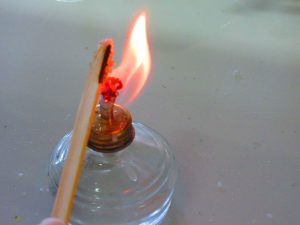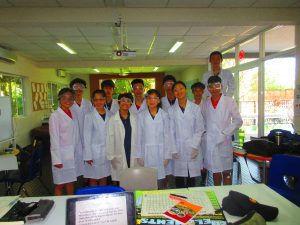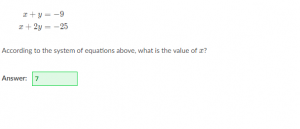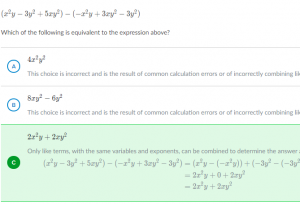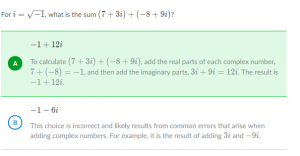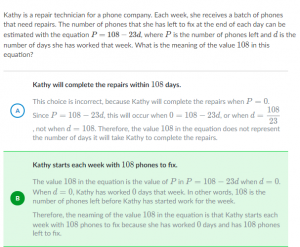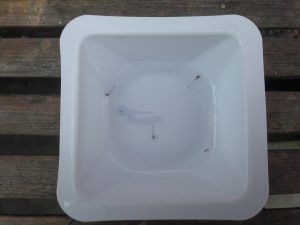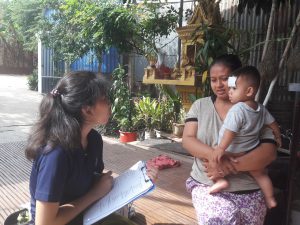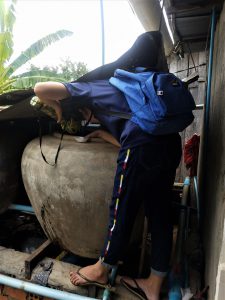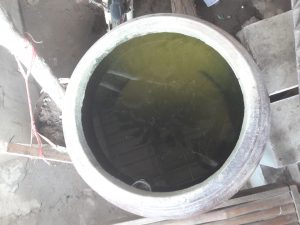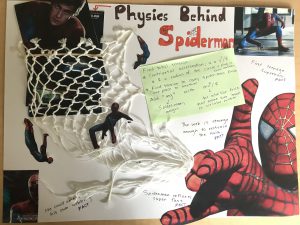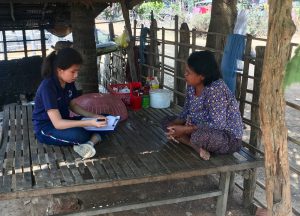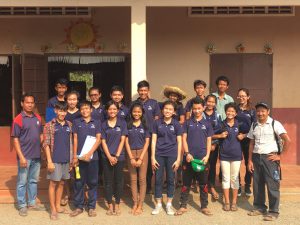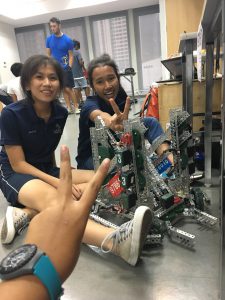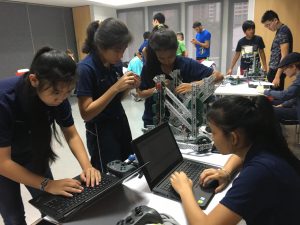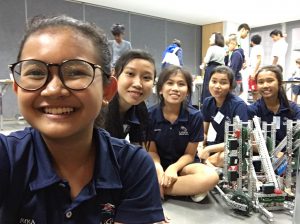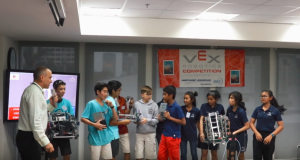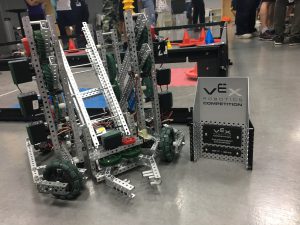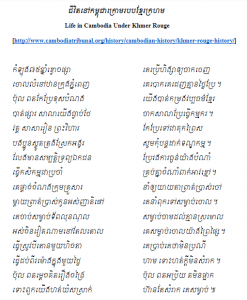Problem: Given a certain quantity of marshmallows, graham crackers, and chocolate pieces, what is the maximum number of S’mores that can be made? Then figure out your percent yield!
| Substance | Symbol |
| Graham Cracker (half of a cracker) | Gc |
| Marshmallow | M |
| Chocolate Piece (individual piece of chocolate) | Cp |
| S’more (2 crackers, 3 pieces of chocolate, 1 marshmallow) | Gc2MCp3 |
Procedure/data:
1. Use the 3 different reactants and one product to write a balanced equation for the making of s’mores
2 Gc + M + 3Cp → Gc2MCp3
2. What type of reaction would this be classified as?
Chemical and physical changes.
3. Record the total moles (pieces) of each reactant available at your table
Graham Cracker (Gc)- 6 Marshmallow (M)- 4 Chocolate Pieces (Cp)- 9
(amount of halfs of Gc) (each single marshmallow) (each single chocolate piece- 12 per bar)
4. What is the maximum number of s’mores that your group can make?
Why? The maximum number of s’mores is 3 because graham cracker and chocolate pieces are the limiting reactant and only consist of a certain amount that is enough to make 3 s’mores.
Which reactant/s is/are limiting? (the one/s that you will run out of first) : graham cracker, chocolate pieces
Which reactant/s is/are in excess (the one/s that will be left over) : marshmallow
5. Find the mass of one of each of the individual reactants (first zero a napkin and then find the mass on top of the napkin)
Graham Cracker (Gc)- 8.17g Marshmallow (M) – 4g Chocolate Piece (Cp)- 3g
(one halfs of Gc) (one single marshmallow) (one single chocolate piece)
6. Record the theoretical yield/mass of a S’more (Gc2MCp3) using your reactants (you can add them together)
[(8.17*2) + (4) + (9)] = 29.34 g
7. Make your s’mores
a. Make sure that you follow the chemical reaction equation and get all of the reactants ready.
b. roast your marshmallows over the Bunsen burner using a skewer. And then make your finished product.
c. Before eating your s’more find the actual mass (yield) of your s’more
(put a napkin on the scale, zero the scale and THEN put on your smore).
The ACTUAL (experimental) mass of one s’mores: 29 g
8. Find the percent yield of your s’mores:. Theoretical yield = from part 6 Actual or experimental yield= from part 7c
(29/29.34) * 100
percent yield=98.84%

